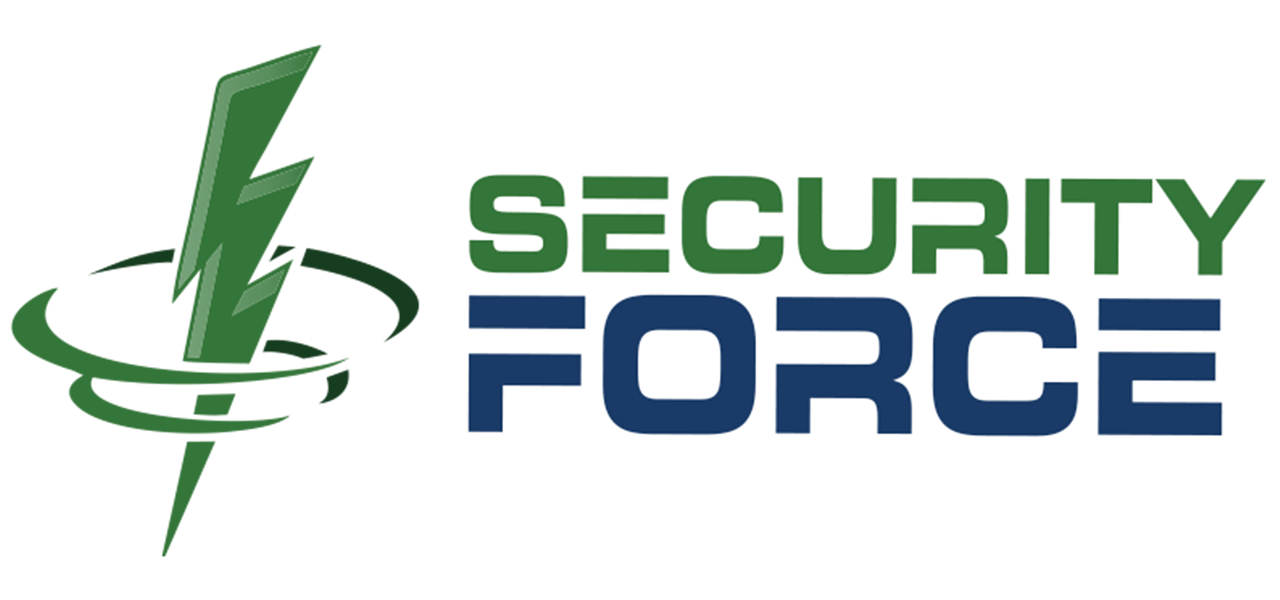In the past two decades, the proliferation of security cameras has transformed our public and private spaces. From street corners to shopping centers, office lobbies to suburban doorsteps, it seems nearly impossible to walk through a modern city without being recorded. For some, this evokes dystopian visions of constant surveillance. But for others—and increasingly, for most of us—it’s a source of reassurance, safety, and accountability.
So is it a good thing that there are security cameras everywhere?
The short answer is: yes—but only if one critical condition is met.
Before we get to that one thing, let’s talk about what cameras do well.
The Benefits of Ubiquitous Surveillance
First and foremost, cameras deter crime. Numerous studies have shown that visible security cameras reduce the likelihood of theft, vandalism, and assault. Criminals tend to avoid places where they know they might be recorded. This isn’t just theory—it’s borne out in citywide trends and the growing use of home surveillance systems like Ring, Nest, and Arlo.
Second, cameras provide crucial evidence. Whether it’s a traffic accident, a break-in, or a confrontation, video footage helps establish timelines, identify culprits, and ensure justice. Police departments and attorneys rely heavily on surveillance footage in both investigations and courtrooms.
Third, cameras help us understand what really happened. In moments of dispute—between employees, customers, or members of the public—footage can cut through hearsay and clarify the facts. A video doesn’t have an opinion. It doesn’t lie. It just shows what happened.
And finally, cameras offer peace of mind. For businesses, homeowners, and institutions, knowing that a space is being watched—even if remotely—helps reduce anxiety and fosters a sense of security. In emergencies, remote monitoring can trigger faster response times, potentially saving lives.
The Hidden Danger
But all of these benefits hinge on one essential factor:
The footage must be accessible, but not abused.
This is the single, most important condition that determines whether pervasive surveillance is good or bad.
When video recordings are used ethically—to protect people, prevent crime, and resolve disputes—they are an asset. But when they are hidden, manipulated, or weaponized for political, financial, or personal gain, they become a threat to privacy and democracy.
Consider this: who owns the footage? Who gets to see it? How long is it stored? Who decides when and how it’s shared? If your neighborhood’s security camera system captures footage of you on a walk, do you have a right to access that footage? What if a company uses its cameras to monitor employees excessively, or sell behavioral data to third parties?
These aren’t abstract concerns. In recent years, there have been real examples of camera misuse—unauthorized facial recognition searches, voyeuristic behavior by monitoring staff, and surveillance targeting specific groups or communities. Without strong oversight and transparent policies, the power of video can easily be turned against the very people it’s supposed to protect.
Getting It Right
To harness the benefits of widespread cameras while minimizing the risks, we must insist on responsible use. That includes:
- Clear policies on who can access footage and under what conditions.
- Encryption and data protection to prevent hacking or tampering.
- Transparency about how footage is used and who owns it.
- Accountability for misuse, including legal consequences for those who violate trust.
- Consent and signage when appropriate, especially in semi-private spaces.
We should also think critically about how much monitoring is necessary. Not every inch of every space needs to be recorded. And we should always balance the value of surveillance with our fundamental rights to privacy and autonomy.
The Bottom Line
Yes, it’s a good thing there are security cameras everywhere—but only if they are used with transparency, oversight, and respect for individual rights.
The technology isn’t the problem. It’s how we choose to use it.
The goal shouldn’t be to eliminate surveillance, but to ensure it serves the public good. With the right guardrails, cameras can help create safer, more just communities. Without them, they risk becoming tools of control.
And that’s something none of us should take lightly.

